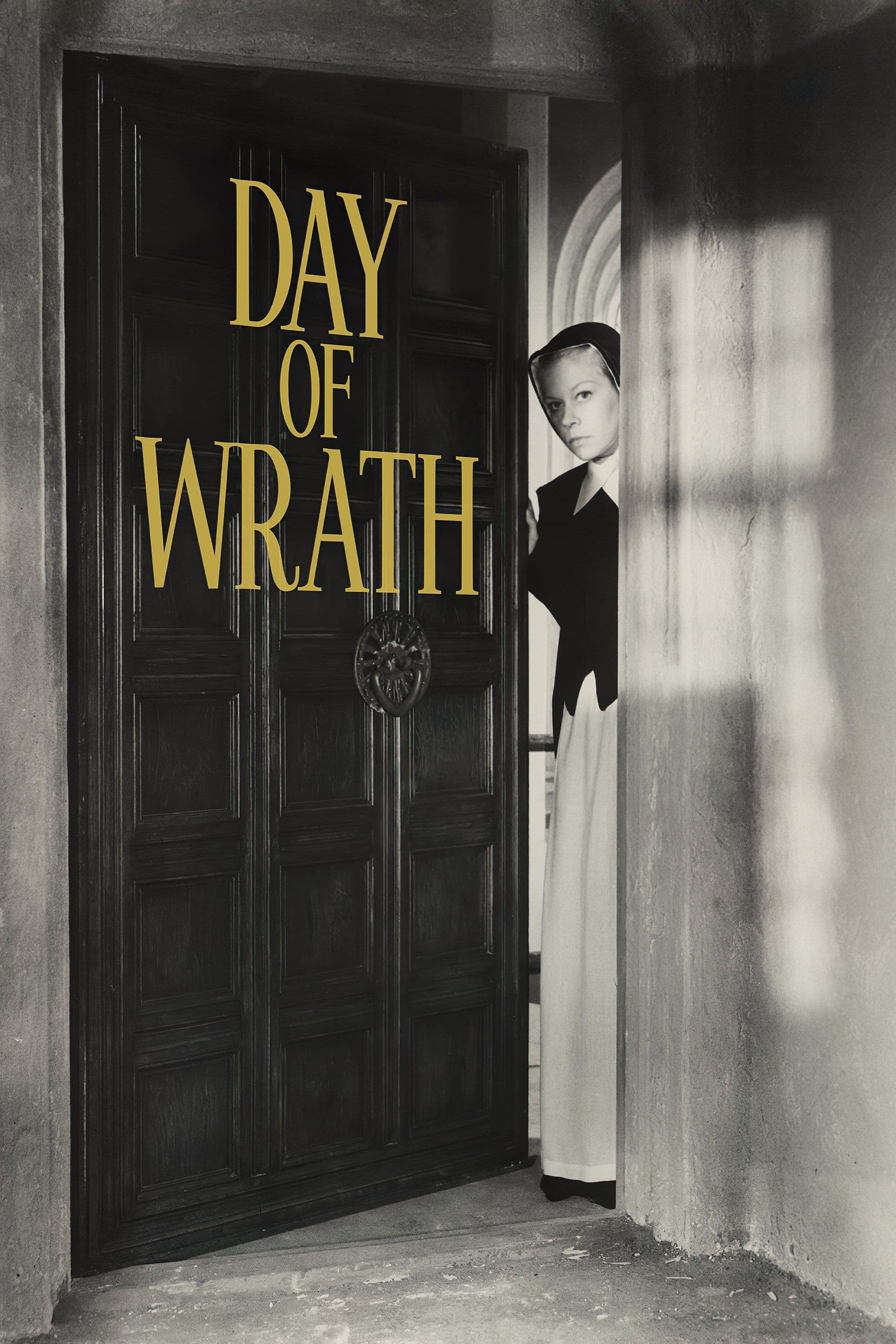
Day of Wrath
1943
Rate this movie
Average: 0.00 / 5
(0 votes)
Director
Carl Theodor Dreyer tackles a story with a mystical religious background, extracting from it a powerful hymn to free will, against all religious fanaticism and censorship. This "hymn" is not a mere ideological proclamation, but rather a visceral and painful examination of how faith can be distorted into a tool of oppression. His work is a constant investigation into spirituality and human dignity, and in "Dies Irae" (Vredens Dag), released with courageous timeliness in 1943 under the Nazi occupation of Denmark, it takes on the contours of a searing allegory. The witches at the stake become a symbol of the victims of all tyranny, and the struggle for freedom of conscience is mirrored in the resistance against the invader, lending the film a resonance that transcends its historical setting.
A revolutionary work that introduces into the seventh art the tool of social critique in the audacious form of pure, crystalline art. Its revolution does not lie in the mere presence of social critique – which cinema already practiced – but in the way this is sublimated: through a visual language of austere beauty and surgical precision. Dreyer shuns explicit rhetoric to rely on a stark, almost hieratic aesthetic, where every shot is a pictorial composition of extraordinary power. The long close-ups, often static, explore the most recondite folds of the characters' souls, transforming the screen's surface into a mirror of their inner anxieties. This "crystalline art" is the result of a direction that distills pure emotion and ethical imperative from an unadorned image, a true architecture of the soul.
The narrative is set in Denmark in 1623: the young son of a Protestant pastor falls desperately in love with his stepmother, and his feelings are reciprocated. The context is crucial: the rigid Danish Protestantism of the 17th century, deeply rooted and intolerant, creates fertile ground for hypocrisy and repression. Anne, the young stepmother, is trapped in a marriage of convenience, her youth and vitality suffocated by the cold devotion of her husband, Absalon. The forbidden love between her and Martin is not a mere youthful infatuation, but a desperate affirmation of life and authenticity, a yearning for true human connection in a world dominated by sterile and merciless dictates. Theirs is a love that, by its very clandestine nature, is destined to destroy or be destroyed by the suffocating conventions of the era.
The clandestine love between the two causes the father's death by heart attack. Absalon's death is not a mere narrative device, but a seismic event that tears apart the veil of fragility of the conventional facade. It is the collapse of a worn-out patriarchal order, incapable of containing human passions. The unspoken guilt, the shared complicity, hang heavily in the rarefied air of the house, transforming every glance and every silence into a dire omen. The pastor's collapse, occurring precisely when Anne confesses to having wished for his death – a confession wrenched from the guilty conscience of an old woman, Merete – becomes a materialization of the curses and dark predictions that popular superstition attributed to illicit bonds.
The young woman will be accused of witchcraft by her mother-in-law and will proudly ascend to the pyre to defend that innocent love, even though her lover cowardly turns against her. Here, Dreyer reaches unparalleled heights of dramatic intensity. Merete, the implacable mother-in-law and guardian of an uncompromising morality, embodies the most ruthless face of religious fanaticism, transforming dogma into a weapon of destruction. The accusation of witchcraft is not merely the culmination of a plot, but the embodiment of a society that condemns what it does not understand or tolerate, projecting its own fears and sins onto the other. Anne's final act, her ascent to the pyre, is not a surrender but a supreme self-affirmation, a sacrifice that, in her refusal to recant, evokes the spiritual heroism of Dreyer's Joan of Arc. Her "innocence" is not legal, but moral: she dies for the purity of her feelings, elevating love above condemnation. Martin's betrayal, his pathetic recantation under the pressure of fear, is the most lacerating gesture: it unmasks human cowardice in the face of power and conformism, making Anne's courage even more luminous and heartbreaking. The pyre scene, though shown with Dreyer's usual sobriety, is a monument of pathos, an eloquent condemnation of intolerance.
A monumental work, where the tearing critique against all forms of repression emerges powerfully. Beyond religious fanaticism, Dreyer dismantles the insidious repression of individuality, desire, and truth itself. The film is a disquieting exploration of how fear generates conformity, how accusations turn into self-fulfilling prophecies, and how society, under the guise of piety, can become its own most brutal inquisitor. The suffocating, almost claustrophobic atmosphere is achieved through Dreyer's characteristic deep-focus cinematography and a deliberate, almost ritualistic pace that traps the viewer in this world of anxiety and suspicion. The long shots, often focused on the characters' anguished faces, invite an almost spiritual communion with their suffering, elevating a historical tragedy into a universal meditation on justice, conscience, and the price of integrity. The deafening silence, interrupted only by essential dialogue or the rustling of clothes, amplifies the psychological tension, reflecting a world where words are often weapons and the unsaid weighs more heavily than any accusation. It is a testament to the human capacity for cruelty when dogmatic faith eclipses empathy.
Unforgettable. Its legacy enduring because it is not just a film, but a profound ethical statement. It challenges us to examine our complicity in systems of oppression, to question the nature of authority, and to recognize the enduring power of the human spirit even in the face of annihilation. Similar to Ingmar Bergman's explorations of faith and doubt or Robert Bresson's ascetic quest for inner truth, "Dies Irae" transcends its specific narrative to become a timeless meditation on the human condition, a raw and sublime testament from a director at the absolute zenith of his faculties. A cinematic experience that lingers long after the credits, prompting reflection on the fragility of freedom and the imperishable courage needed to defend it.
Genres
Country
Gallery
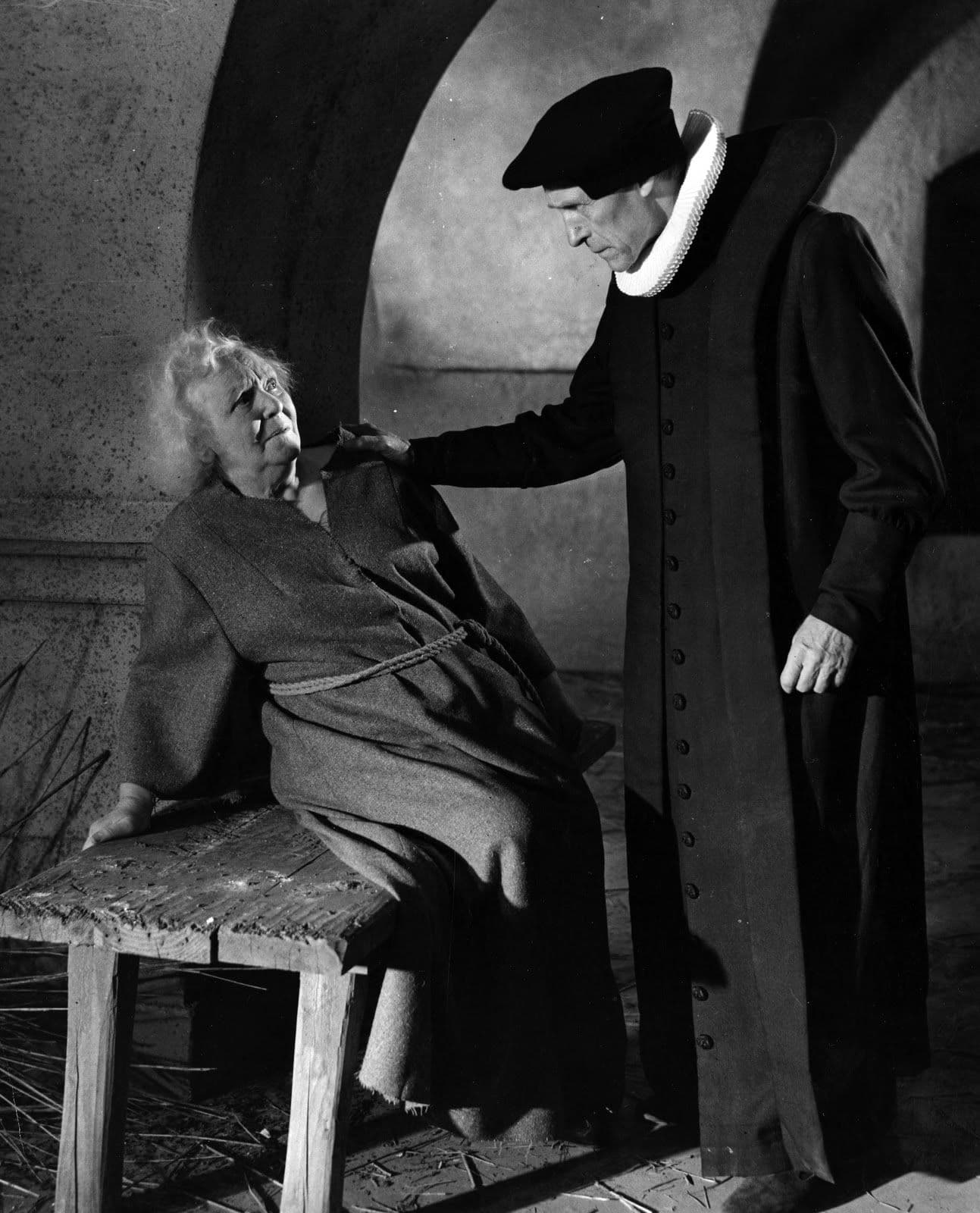
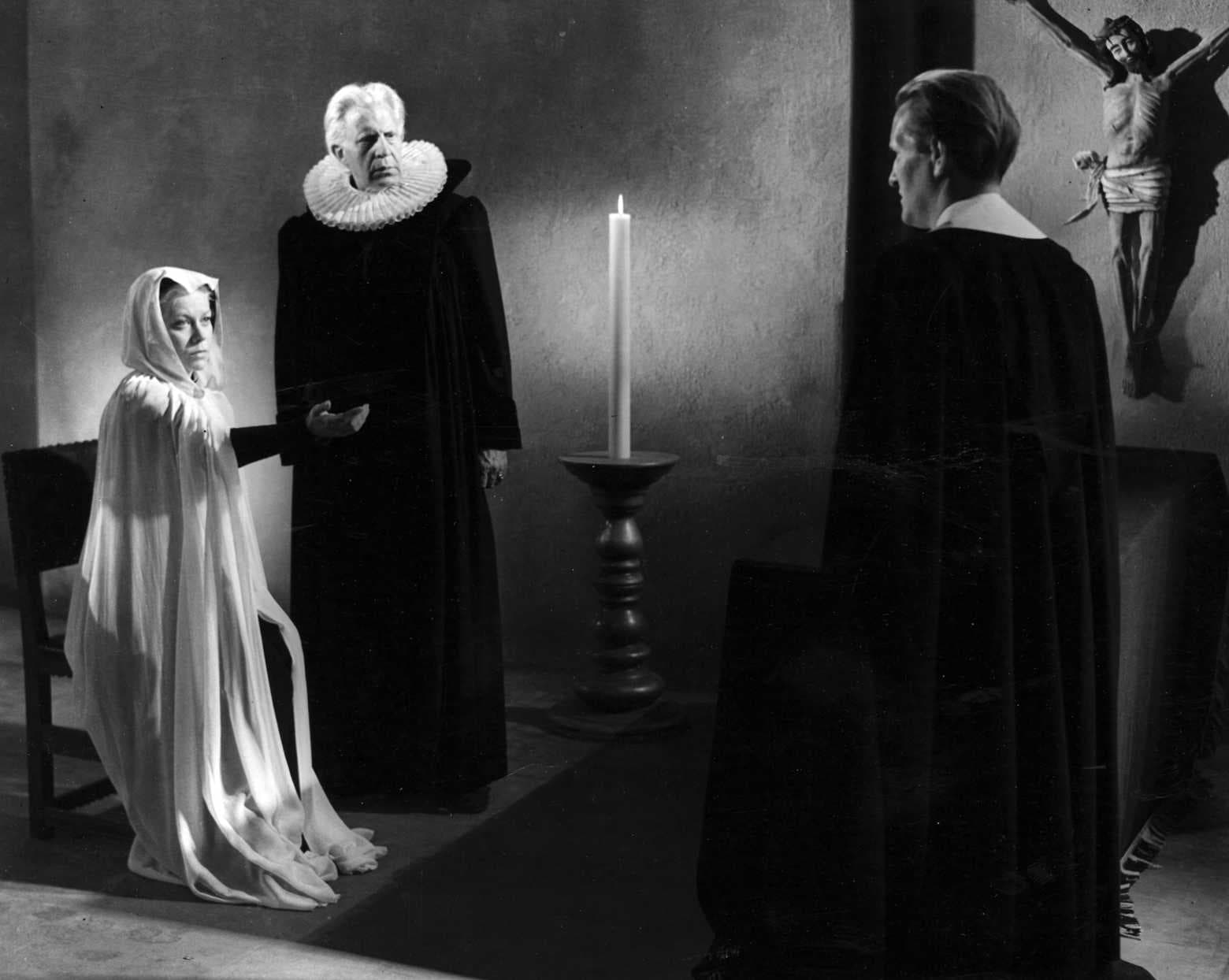
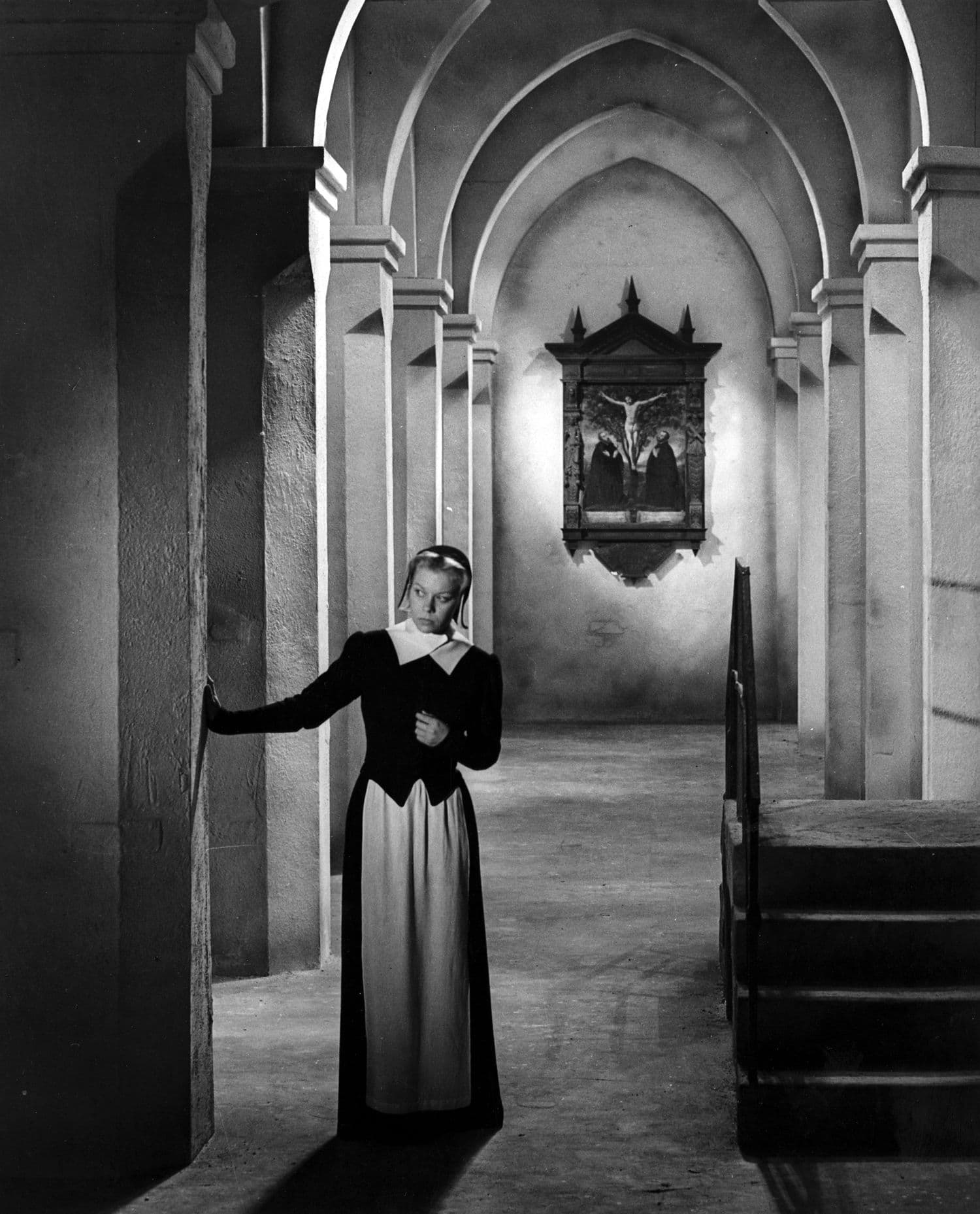

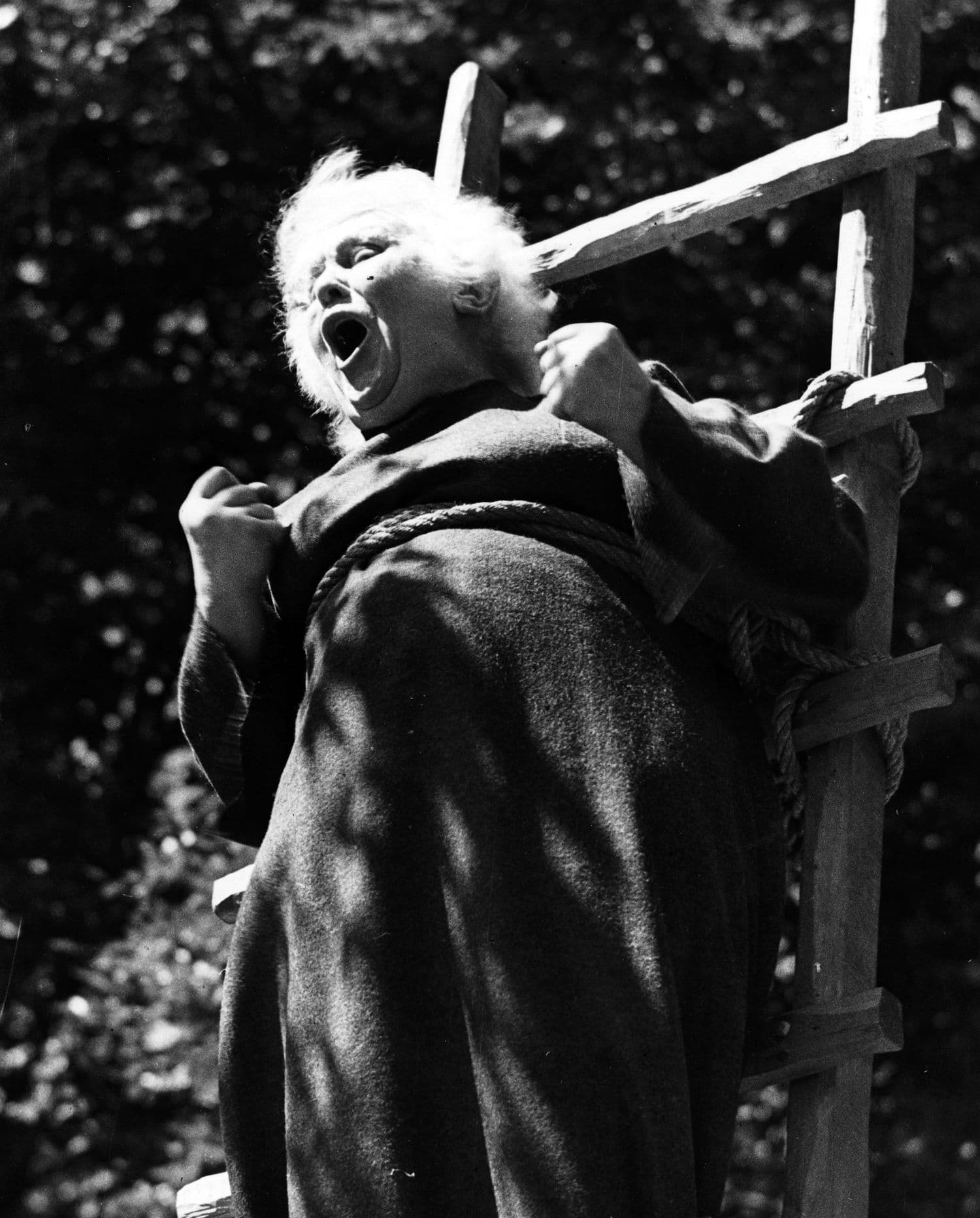
Featured Videos
Official Trailer
Comments
Loading comments...